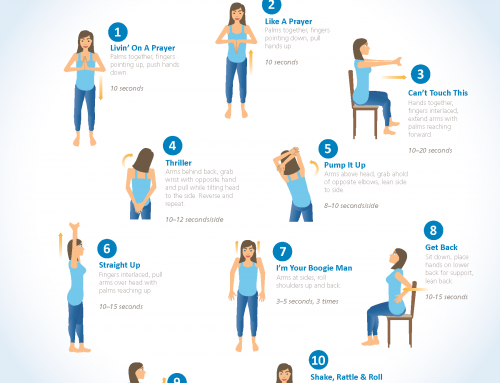I have been doing some research for an upcoming presentation and for a research paper for an organization I recently joined. Everything I have been reading lately points to concerns that decreased opioid prescribing will lead to an increase in heroin abuse. I have shared this information in numerous talks at conferences and with clients grappling with the opioid epidemic.
When updating my research today I came across an article in The New England Journal of Medicine, titled, “Relationship between Nonmedical Prescription Opioid Use and Heroin Use” in the January 14, 2016 Issue. The findings were a bit surprising, and I thought I would share a portion of their article and recommendations.
Coinciding with these efforts to reduce nonmedical prescription-opioid use and overdose are reports of increases in the rates of heroin use (including both injection and noninjection routes of administration) and deaths from heroin overdose. According to national surveillance data, 914,000 people reported heroin use in 2014, a 145% increase since 2007,2 and mortality due to heroin overdose more than quintupled, from 1842 deaths in 2000 to 10,574 deaths in 2014. Some researchers suggest that the very policies and practices that have been designed to address inappropriate prescribing are now fueling the increases in rates of heroin use and death.16,18 This is the key question addressed in this review.Finally, in an investigation of deaths related to heroin and prescription-opioid use in 28 states between 2010 and 2012, Rudd and colleagues found no association between declines in prescription-opioid–related mortality and increases in heroin-related mortality.55 In fact, they found that increases in the rates of death due to heroin overdose were associated with increases in the rates of death due to prescription-opioid overdose in these states.55
Although none of these studies can disprove a potential relationship between policies that are aimed at decreasing the availability of inappropriately prescribed opioids and the motivation for heroin use in some people, the results of these studies consistently suggest that the transition to heroin use was occurring before most of these policies were enacted, and such policies do not appear to have directly led to the overall increases in the rates of heroin use.
Available data indicate that the nonmedical use of prescription opioids is a strong risk factor for heroin use. Yet, although the majority of current heroin users report having used prescription opioids nonmedically before they initiated heroin use, heroin use among people who use prescription opioids for nonmedical reasons is rare, and the transition to heroin use appears to occur at a low rate.
The transition from nonmedical use of prescription opioids to heroin use appears to be part of the progression of addiction in a subgroup of nonmedical users of prescription opioids, primarily among persons with frequent nonmedical use and those with prescription opioid abuse or dependence. Although some authors suggest that there is an association between policy-driven reductions in the availability of prescription opioids and increases in the rates of heroin use,16,18 the timing of these shifts, many of which began before policies were robustly implemented, makes a causal link unlikely.
In the majority of studies, the increase in the rates of heroin use preceded changes in prescription-opioid policies, and there is no consistent evidence of an association between the implementation of policies related to prescription opioids and increases in the rates of heroin use or deaths, although the data are relatively sparse. Alternatively, heroin market forces, including increased accessibility, reduced price, and high purity of heroin appear to be major drivers of the recent increases in rates of heroin use.46,56 Regardless of the causes of the high rates of both nonmedical prescription-opioid use and heroin use, in order to minimize overall opioid-related morbidity and mortality, efforts are needed to help people who are already addicted, in parallel with efforts to prevent people from becoming addicted in the first place.
Addressing the combined and interrelated opioid epidemics requires comprehensive action, including the prevention of the initiation of nonmedical use of opioids, interventions for persons who have clinically significant complications from opioid use, and improved treatment for those with opioid-use disorders. Prevention efforts should target the major risk factors for the initiation of opioid use, including the excess availability of prescription opioids; these risk factors may be addressed with policy and practice interventions such as the enhanced use of prescription-drug monitoring programs and the development of clinical guidelines to educate clinicians.14,57 Universal family-based drug-abuse prevention, which has been shown to reduce the rates of initiation of nonmedical use of prescription opioids, may also play an important role.58 Whether the opioid is heroin or a prescription medication, interventions to reduce morbidity and mortality include expanded access to naloxone in contexts in which overdoses occur59-61 and increased use of effective treatment for opioid-use disorders, particularly medication-assisted treatment administered for an adequate duration.62-65
Fundamentally, prescription opioids and heroin are each elements of a larger epidemic of opioid-related disorders and death. Viewing them from a unified perspective is essential to improving public health. The perniciousness of this epidemic requires a multipronged interventional approach that engages all sectors of society.14,66
